Jessica Williamson, Hay and Forage Specialist, AGCO
Attention to detail is key to making great quality hay. Throughout the hay-making process, reducing dry matter yield losses and conserving forage quality is key for optimal hay production. During baling, there are a few important factors to take into account to help ensure success when it comes to harvesting hay with your operations’ goals in mind. .
Hay Moisture Content at Baling
The greatest risk for dry matter yield loss during baling occurs when hay is baled at the incorrect moisture. The drier the forage, the greater the tendency for leaf shatter and dry matter loss while the hay is being picked up and enters the bale chamber to be formed into a bale.
The less dense the bale, the higher the moisture content at baling can be. For small square bales and most round bales, hay can be baled at 14-16% moisture. However, large square bales that are densely packed should be baled around 12% moisture.
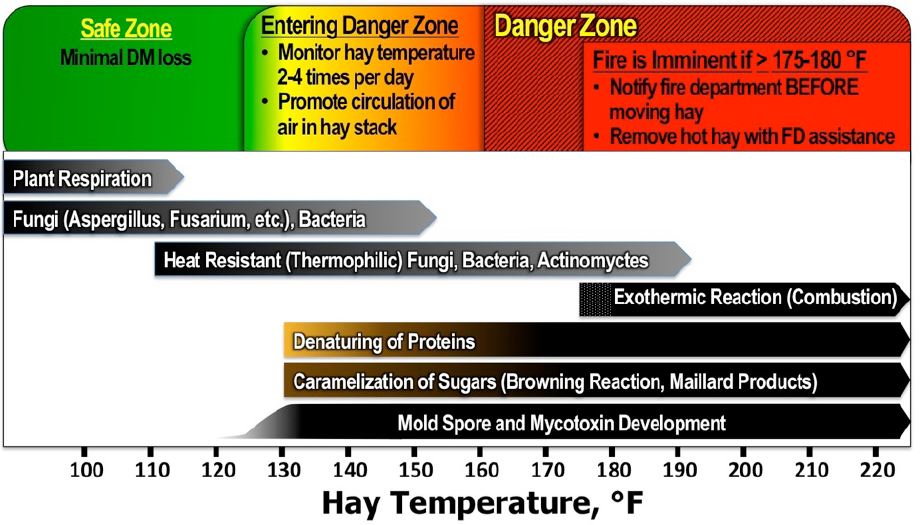
In dry climates or when hay has dried to less than ideal moisture, baling after dew has set in and leaf moisture is higher than during the day can be a way of reducing crop losses due to too low of moisture content. Likewise, the use of a steamer during baling can be a way to incorporate moisture and reduce dry matter losses.
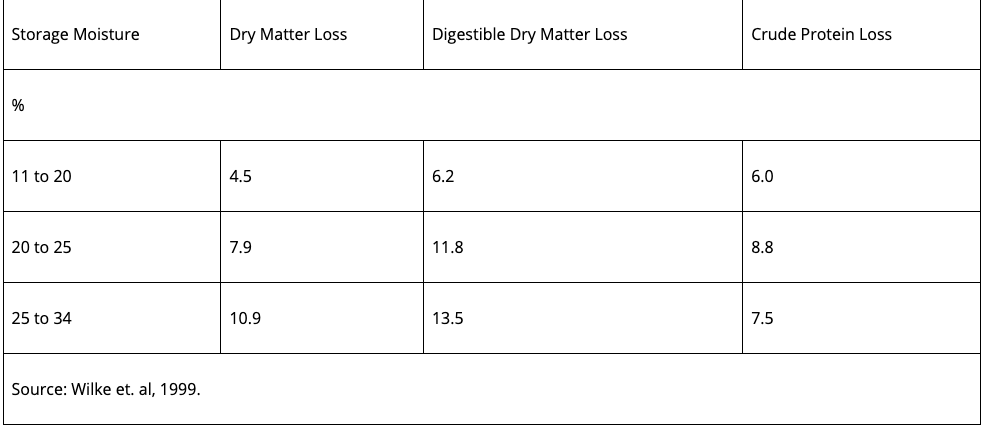
Baling hay at a moisture content that is too high can also cause reduced forage quality and dry matter loss (Figure 1). Hay that has greater than ideal moisture not only poses a fire risk (Figure 2), but also risks losses due to denaturing of proteins, caramelizing of sugars, and mold and mycotoxin development. When proteins are denatured and sugars are caramelized, their nutritional availability to the animal is reduced, reducing the potential performance of that animal consuming the forage. Mold spores and mycotoxins pose a risk to animal health.
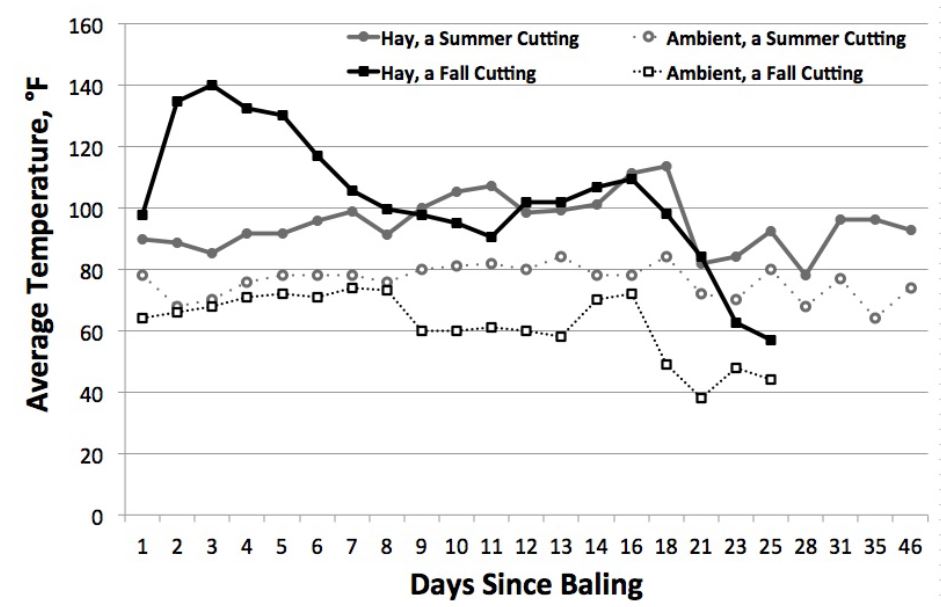
Avoid Delayed Baling
A 5-6% dry matter loss can occur every day mowed forage is lying on the ground. The combination of respiration during the initial part of the drying phase along with temperature, humidity and moisture fluctuations causes nutrient losses while the crop is lying on the ground after mowing, prior to baling. If forage that has been mowed gets rained on, even greater losses are incurred, with the amount of loss correlated with how dry the forage was when it rained. The drier the hay at the time of the rain event, the greater the losses.
To avoid losses due to weather and conserve forage quality, if using a round baler, baling early at a higher moisture content may be an option. In that case, bales can be wrapped and made as round bale silage where oxygen is excluded from the bale and they undergo a fermentation process. The higher moisture content ensures optimal fermentation and high quality forage.
Reducing Length of Cut
Reducing the cut length of the stems during baling can have an impact on digestibility of the forage, potentially causing an increase in animal performance. Previous research has shown smaller lengths of cut in corn silage have a positive impact on animal performance by increasing intake potential (how much forage the livestock can consume) and digestibility. Using a baler with knives allows the operator to choose the cut length of the stem. Cut length can be matched to the forage quality that is relative to the stage of maturity, weather losses during harvest and more. For example, if a forage was harvested too late and no longer meets the nutritional needs of the intended class of livestock, the length of cut can be reduced by engaging more knives in the baler to increase potential intake and digestibility. The Hesston™ by Massey Ferguson RB series round balers offer up to 17 knives to process and reduce the length of hay as it goes into the bale.
Hesston™ by Massey Ferguson offers balers to fit your operation. The world-class baler brand brings the 2200 Series large square balers for jobs ranging from cattle and dairy to long-distance transport. You won’t find a more reliable and durable baler. The Hesston 1800 Series small square balers by Massey Ferguson are easier to handle and offer denser, more consistent bales with less leaf loss. For high-quality hay and a reliable baler, check out the 1800 Series. Bale more hay faster with a Hesston 4100V Series round baler by Massey Ferguson. You need quality bales every time, and this series gives you heavier, denser bales, saving you time and money. Check out our baler offerings at www.masseyferguson.com.
Agronomist Bio
Dr. Jessica Williamson is the hay and forage specialist for AGCO. Jessica’s expertise is in forage quality, management and production, as well as ruminant nutrition and the plant-animal interaction. Jessica is responsible for designing and conducting field tests on hay and forage equipment; educating AGCO personnel and customers on forage management, production and livestock nutrition; and working with the Green Harvest team on ongoing forage projects.

Jessica holds a Bachelor of Science degree in animal science from Morehead State University (Morehead, Ky.); a Master of Science degree in animal science (ruminant nutrition) from the University of Arkansas (Fayetteville, Ark.); and a Ph.D. in plant and soil science (forage agronomy) from the University of Kentucky (Lexington, Ky.). Jessica is originally from a cow-calf operation in western Maryland.

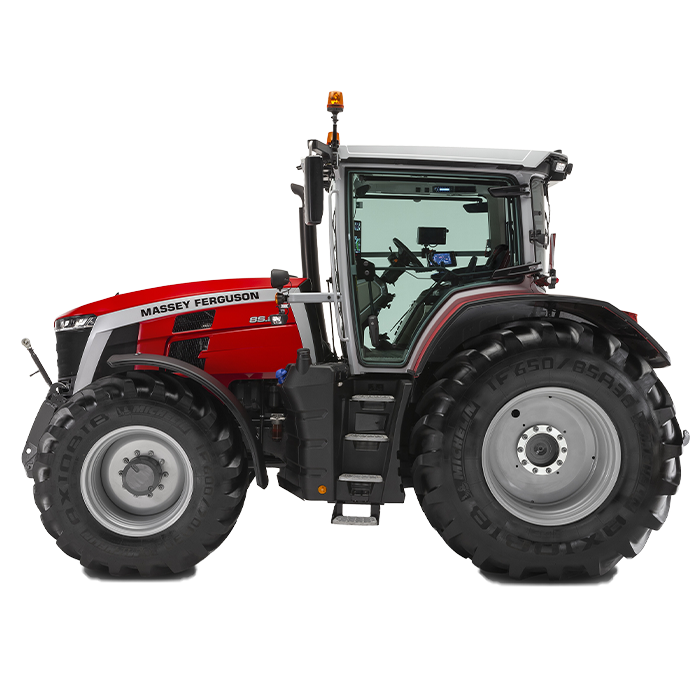
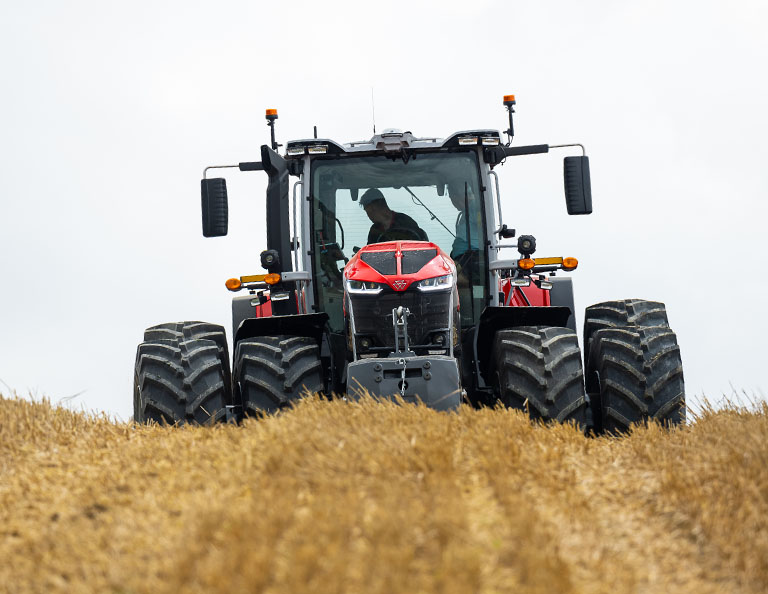

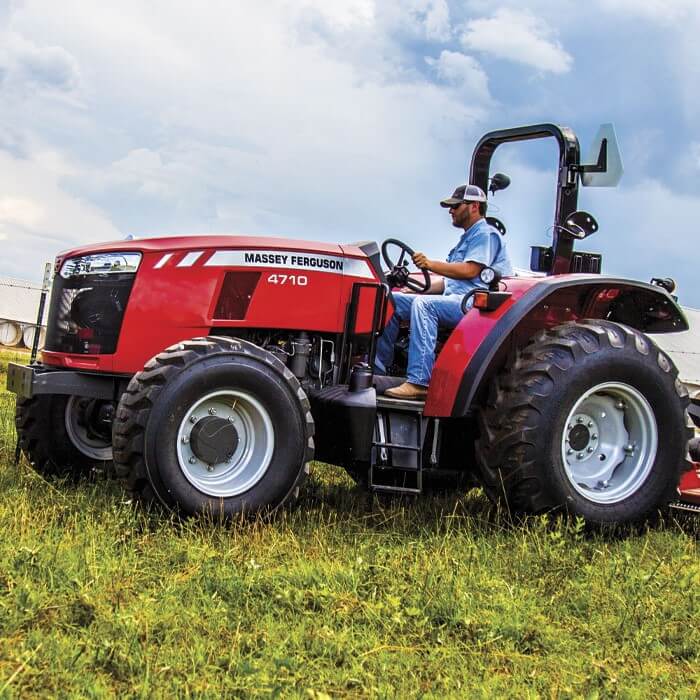


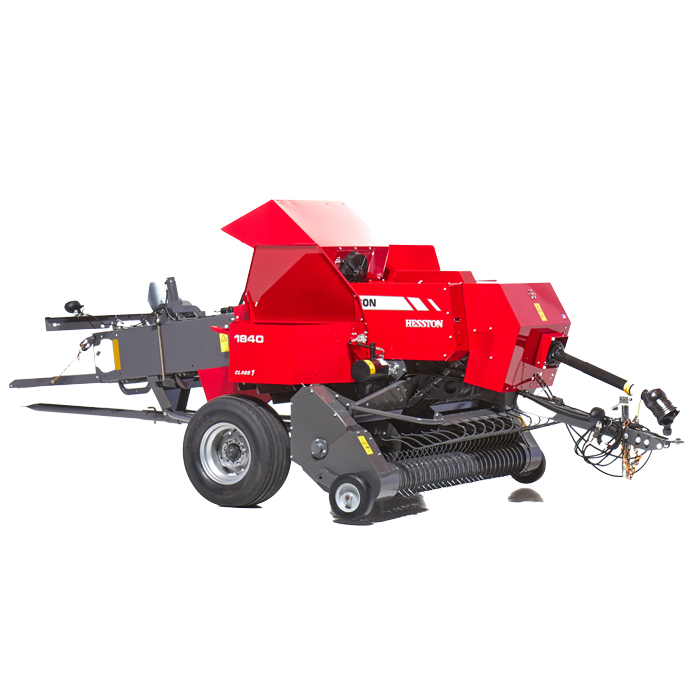
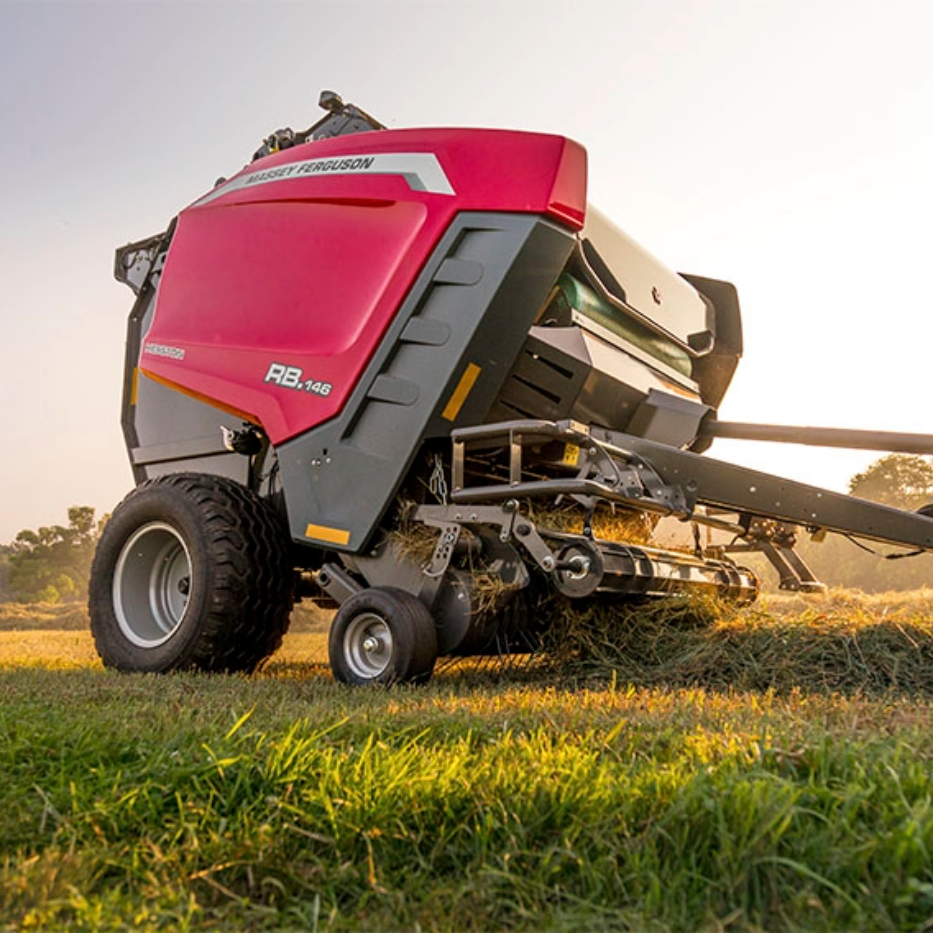
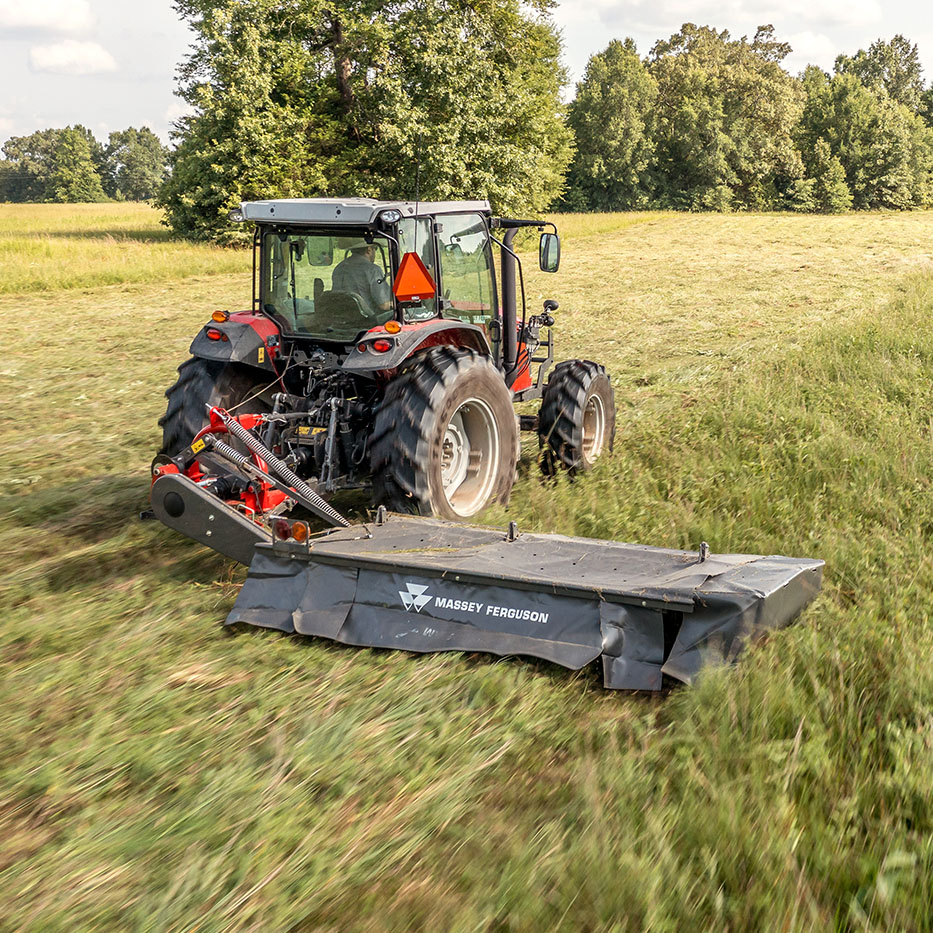
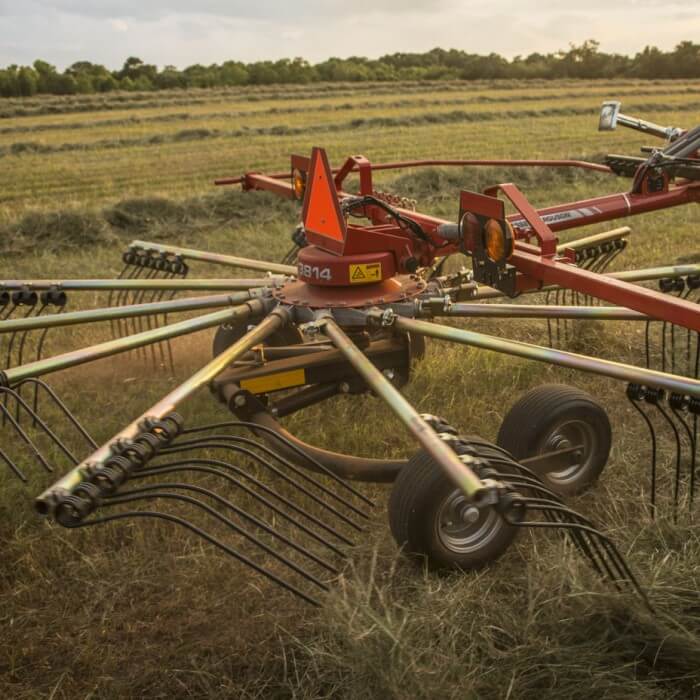
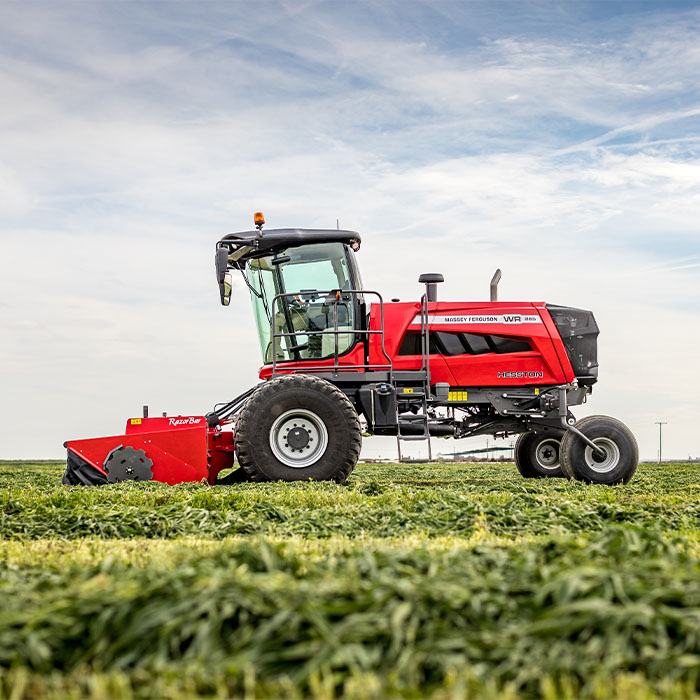
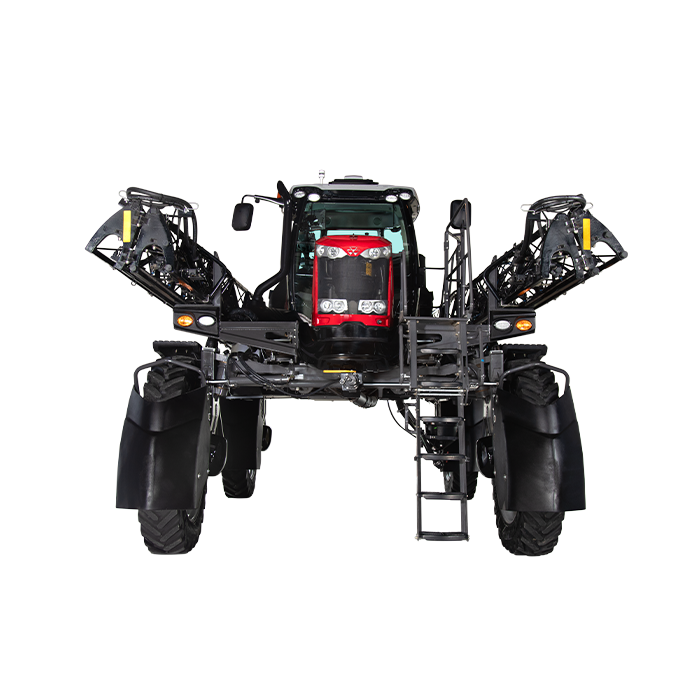

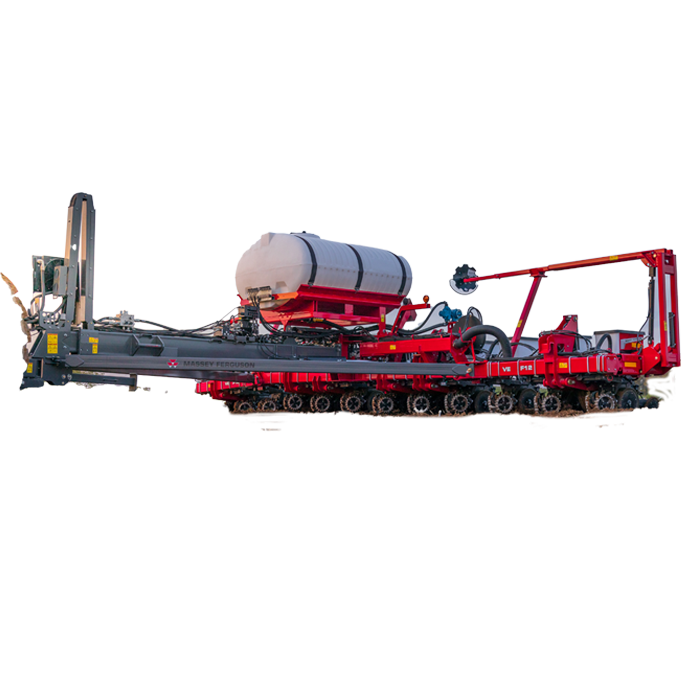
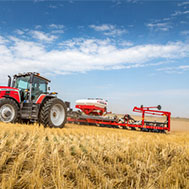
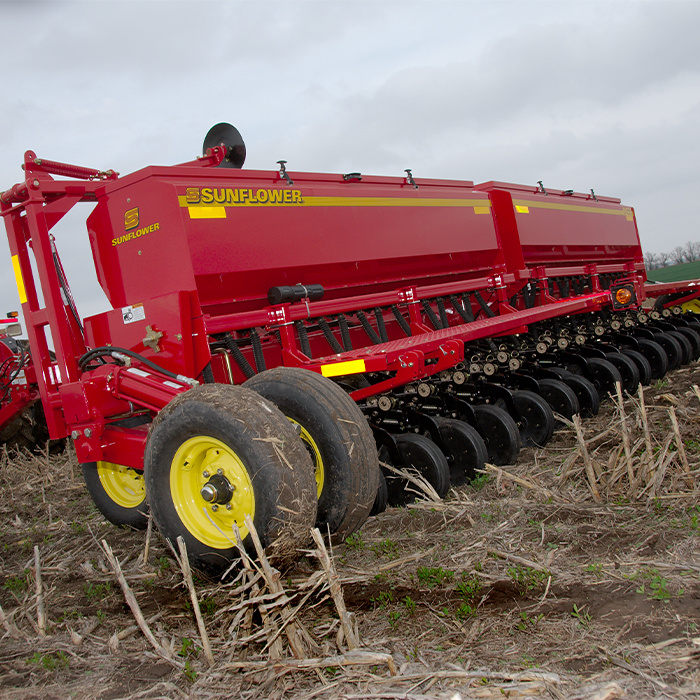
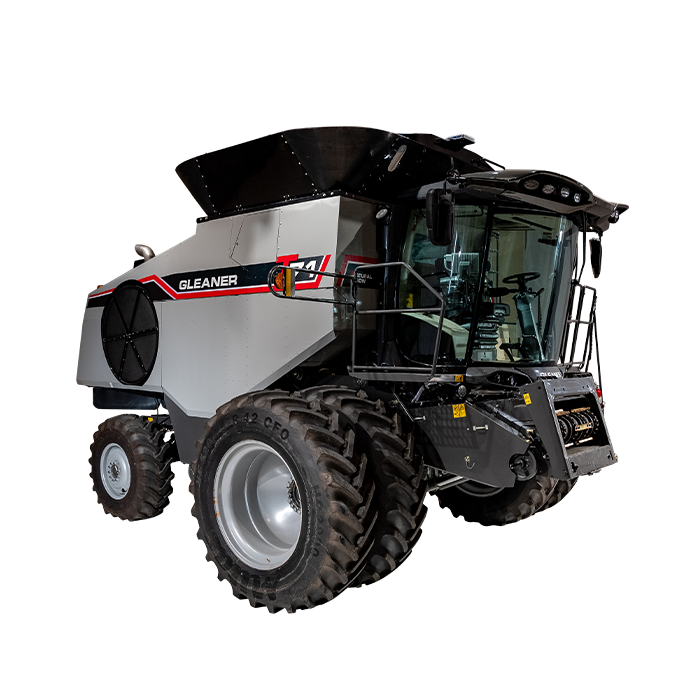

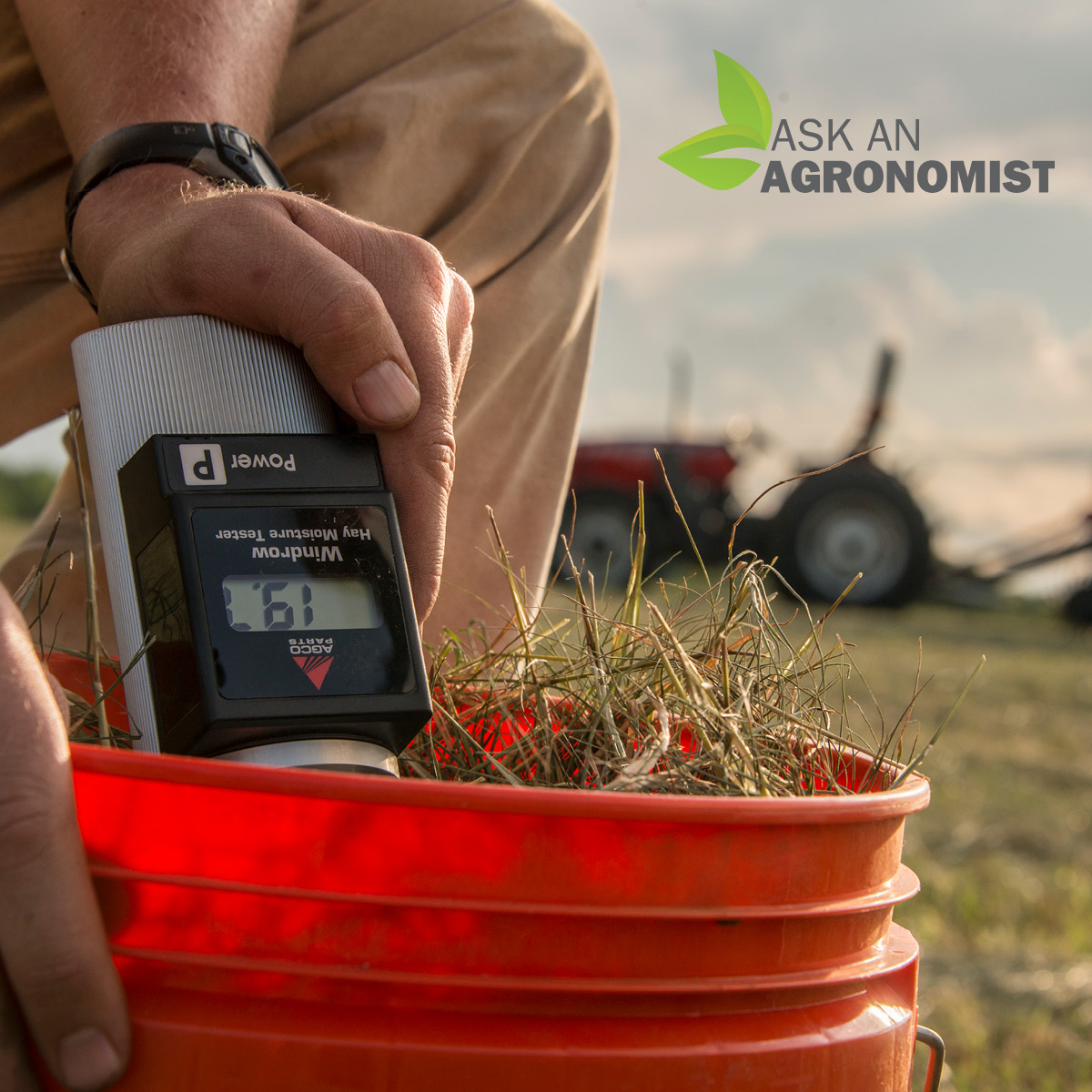
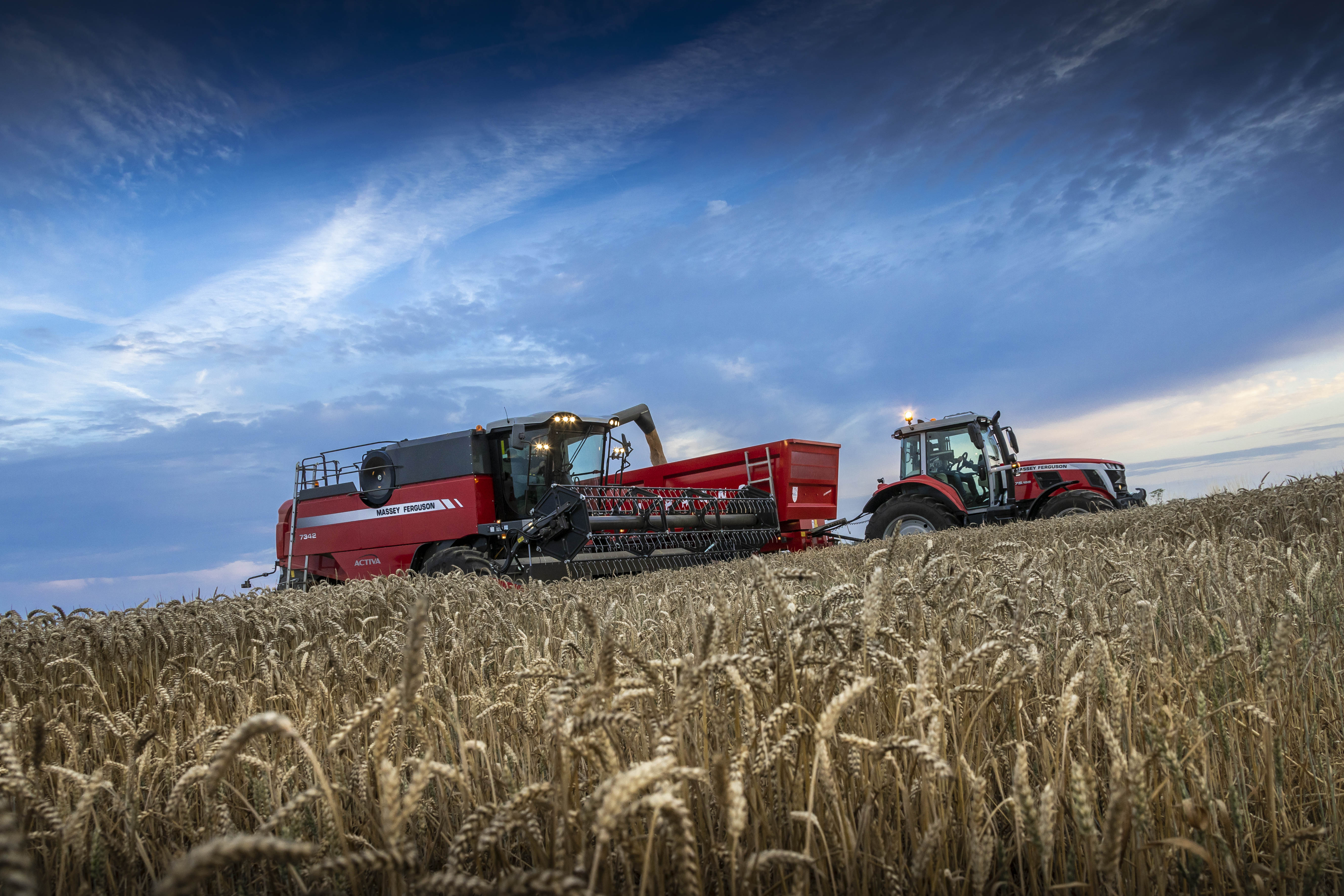
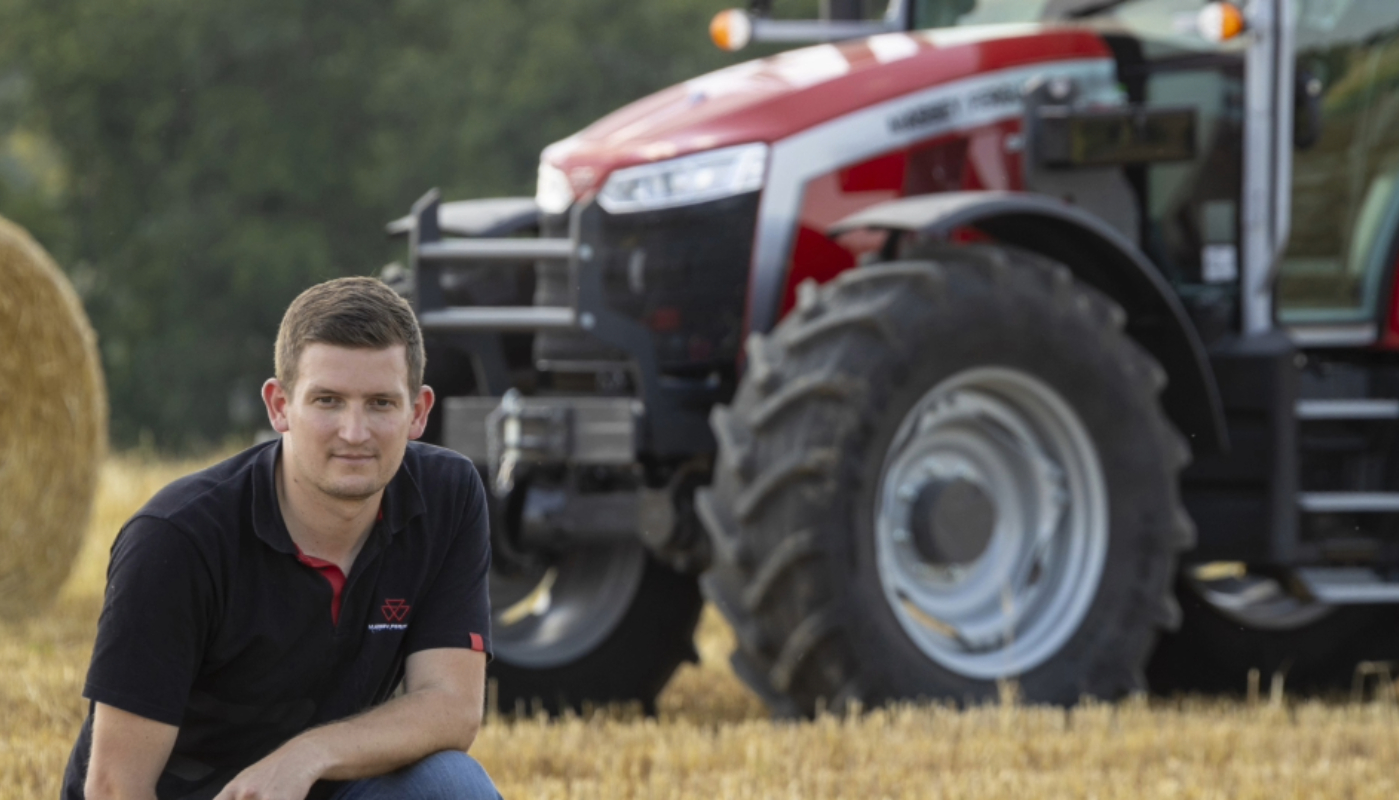
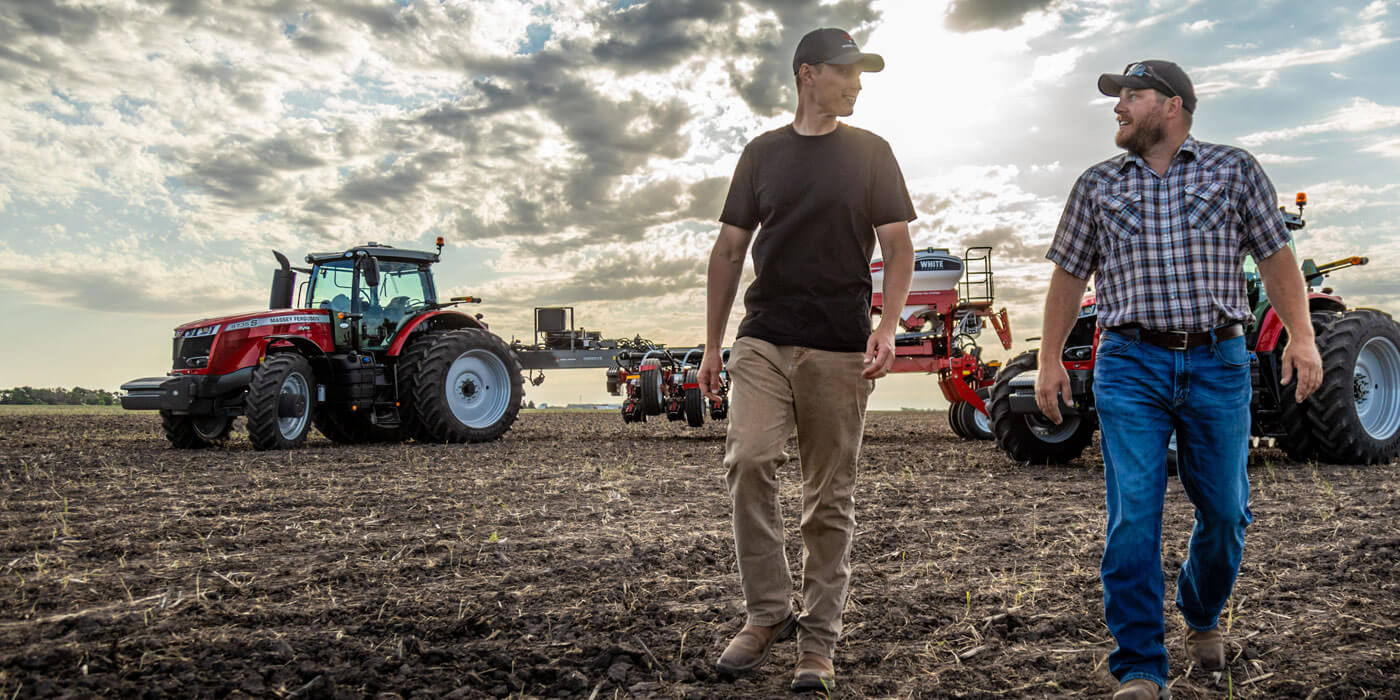
Share